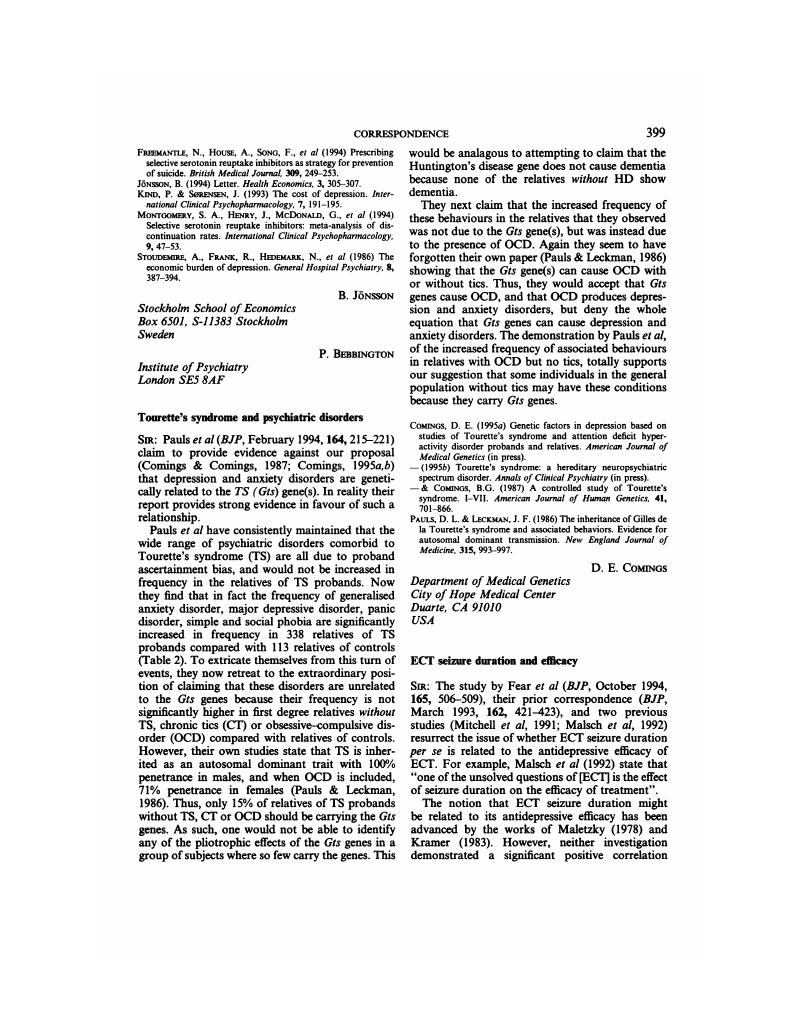Crossref Citations
This article has been cited by the following publications. This list is generated based on data provided by Crossref.
Bagle, Aparna Abhijit
Thatte, WS
and
Kate, Pranita Arun
2016.
Dexmedetomidine in premedication to attenuate the acute hyperdynamic response to ECT: a randomised, double-blind, controlled study.
Southern African Journal of Anaesthesia and Analgesia,
Vol. 22,
Issue. 6,
p.
180.




eLetters
No eLetters have been published for this article.